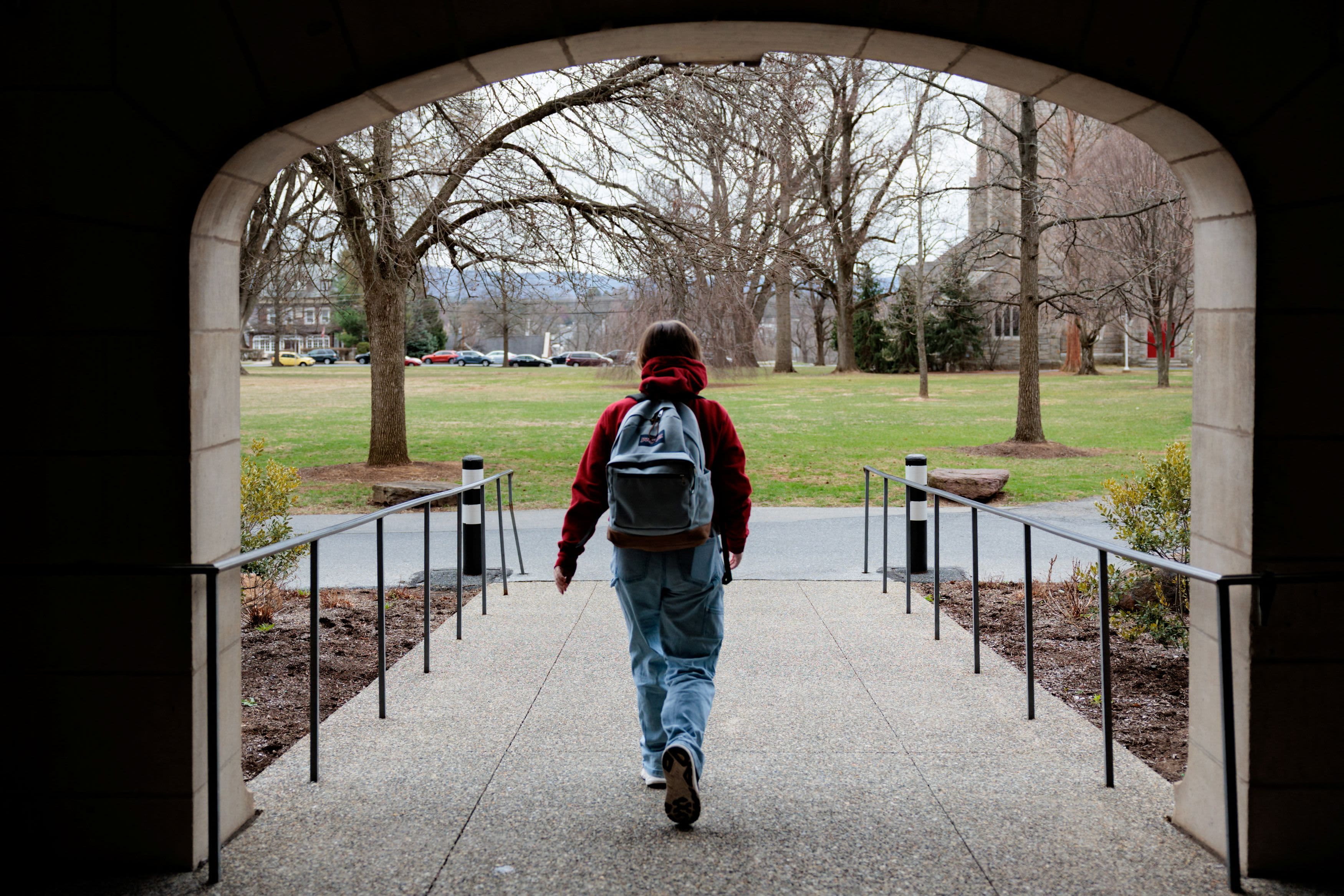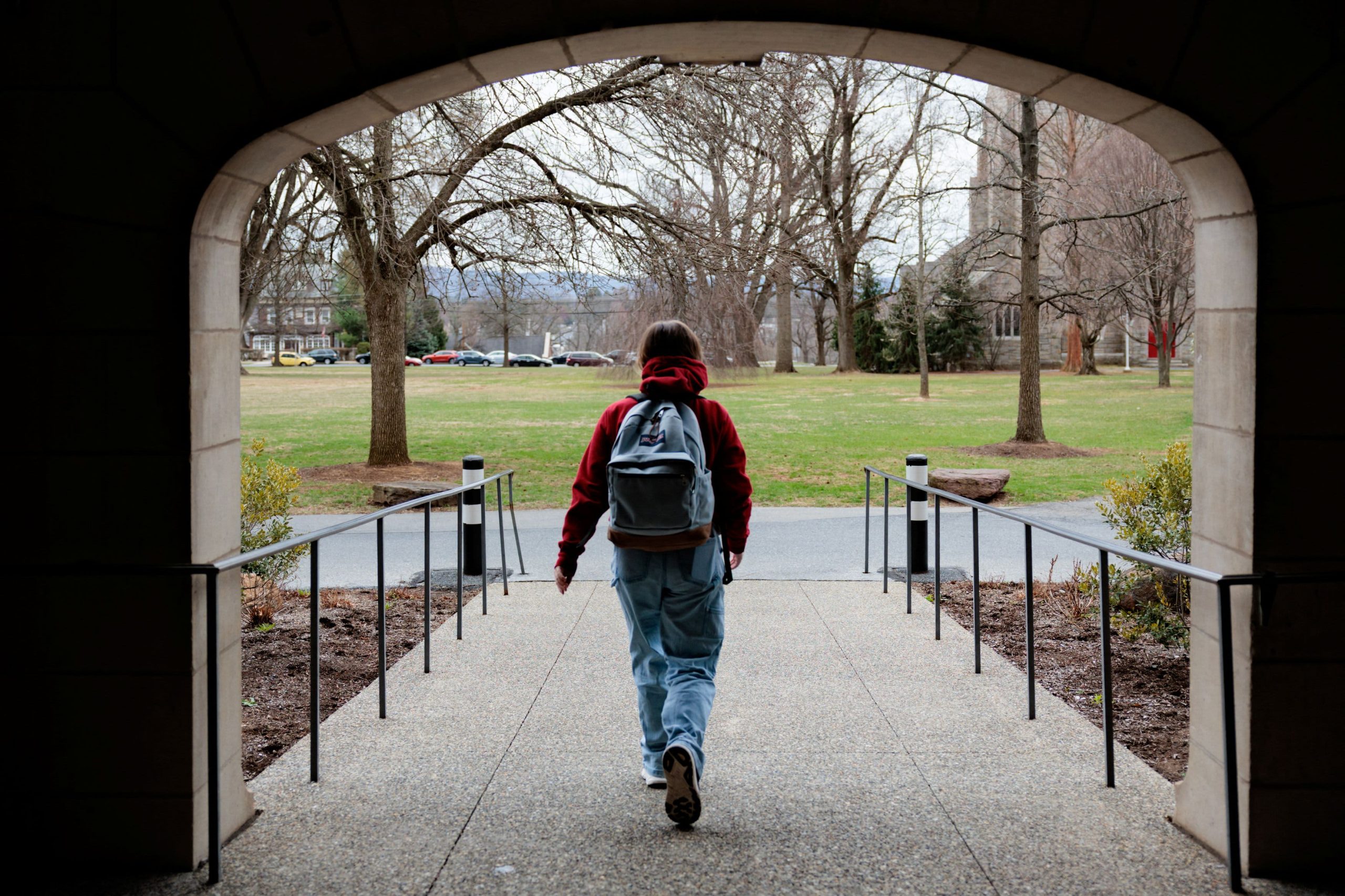
The Student Loan Collection Restart: A Financial Earthquake for Millions
Dude, grab your detective hats—we’ve got a financial mystery brewing. On May 5, the U.S. Department of Education is flipping the switch back on student loan collections after a three-year pandemic hiatus. Seriously, this isn’t just some bureaucratic yawn-fest; it’s a seismic shift for over 5 million borrowers already in default, plus another 4 million teetering on the edge. And let’s be real: when the Treasury starts garnishing wages and snatching tax refunds, it’s gonna sting worse than a double-shot espresso on an empty stomach.
The Default Disaster: By the Numbers
Here’s the ugly truth: the pause was like a Band-Aid on a bullet wound. Even with the freeze, 5 million borrowers flat-out stopped paying for 360+ days, while another 4 million are 91–180 days late. Translation? We’re staring down a potential *10 million* defaults by summer. The Treasury Offset Program isn’t messing around—they’ll claw back cash from paychecks, tax returns, even Social Security benefits. Imagine finally getting that $1,200 tax refund… only to watch it vanish into the student loan void. *Poof.*
And let’s talk timing. Inflation’s gnawing at paychecks, rent’s skyrocketing, and now loan collectors are back on the prowl? It’s like the economy decided to play a cruel game of *Whack-a-Borrower*.
Escaping Default: The 10-Month Lifeline
Okay, here’s your detective toolkit for dodging financial ruin. The feds offer a *loan rehabilitation* program: make nine “voluntary” (read: *or else*) payments in 10 months, and they’ll wipe the default off your credit report. Sounds simple, right? Except you’ve got *20 days* to agree and start paying—while juggling rent, groceries, and whatever fresh crisis 2023 throws at you.
Pro tip: Loan servicers *must* help you navigate this, but they’re about as easy to reach as a Nordstrom sale associate during Black Friday. Borrowers better channel their inner Sherlock and hunt down income-driven repayment plans or consolidation options *stat*.
The Ripple Effect: Why This Hurts Everyone
This isn’t just a “you problem”—it’s an *economy-wide* gut punch. When 10 million people suddenly have less cash for avocado toast (or, you know, rent), consumer spending tanks. Small businesses? Toast. Housing market? Extra toast. And let’s not forget the psychological toll: debt stress is like a subscription service nobody signed up for.
Meanwhile, policymakers are stuck in a loop of “thoughts and prayers” instead of fixing the root issues—like tuition costs ballooning faster than a Kardashian’s Instagram following. Proposals for loan forgiveness or free community college gather dust while lobbyists for private lenders laugh all the way to the bank.
The Verdict: A System in Need of a Rewrite
Here’s the cold brew truth: restarting collections without fixing the broken system is like rearranging deck chairs on the Titanic. Sure, rehab programs offer a lifeline, but they’re a temporary fix for a *generational* crisis. Until we cap tuition hikes, expand Pell Grants, and stop treating education like a luxury handbag, this cycle will keep spinning.
So, borrowers, sharpen those budgeting apps and brace for impact. And policymakers? Do better. The American Dream shouldn’t come with a 6.8% interest rate.
*Case closed—for now.* 🕵️♀️

